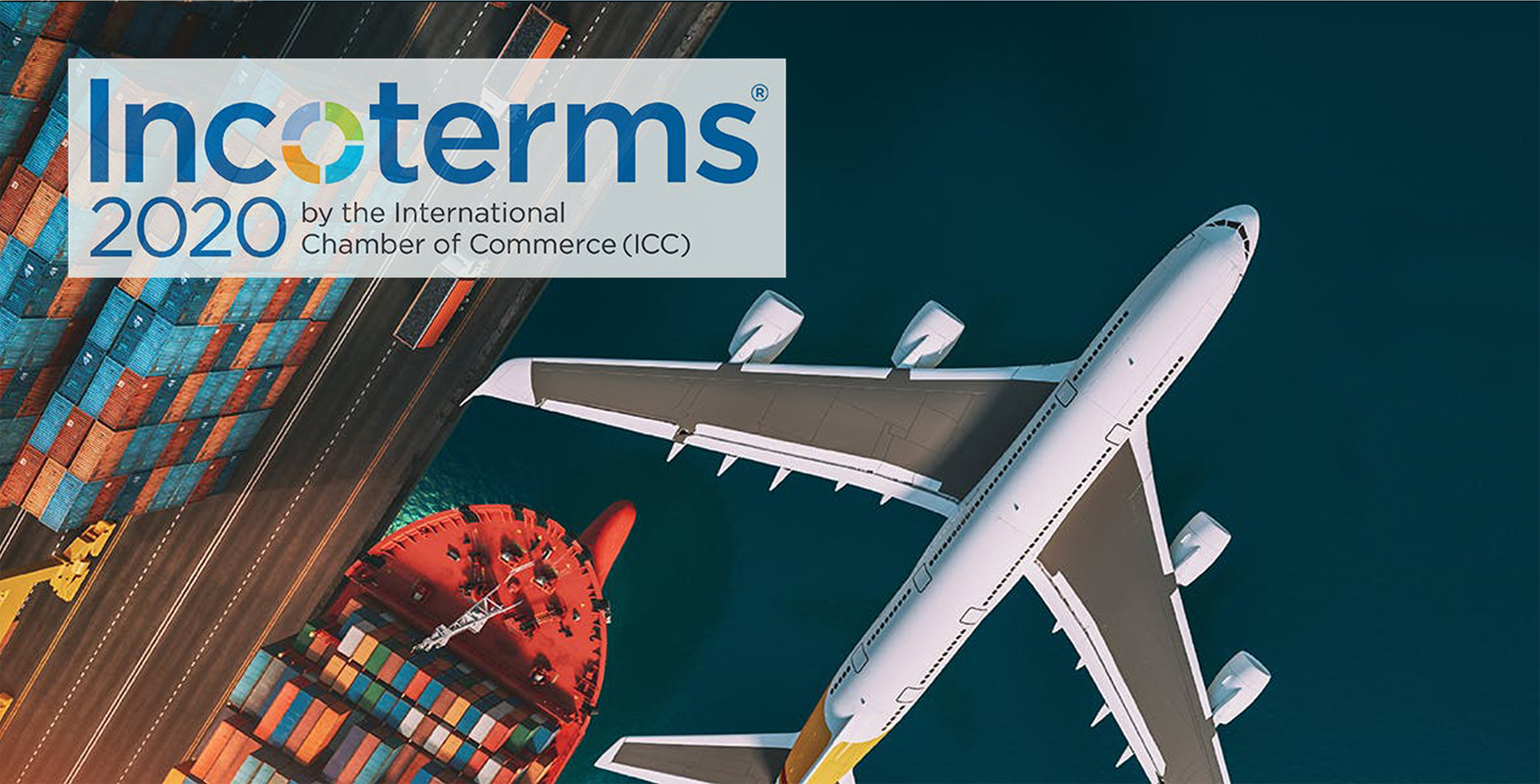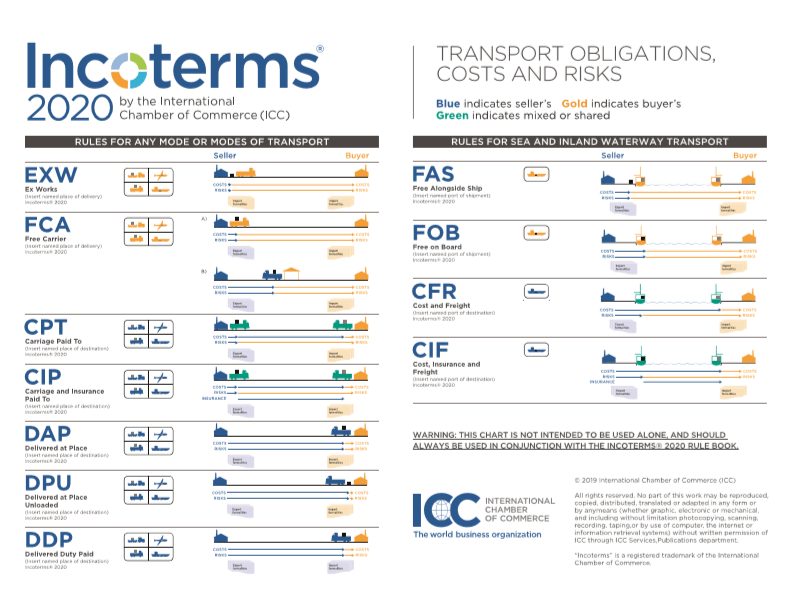The term Incoterms is extremely important in matters related to the buying and selling of goods on a broad scale, the method of transportation, and commercial affairs. In this section, we will explore it in detail.
What Are Incoterms?
Incoterms, or International Commercial Terms, is a globally recognized set of rules used in international trade. Essentially, Incoterms serves as a communication tool aimed at reducing confusion between buyers and sellers.
These terms are not limited to a single country or region but are used worldwide, defining the relationship between the importer and exporter so that both parties understand their roles in areas such as responsibilities, costs, risks, liabilities, and the management of logistics and transportation. This ranges from product acceptance to delivery.
Incoterms also outlines the division of responsibilities and obligations between the two parties, ensuring that both the buyer and seller are aware of their roles in the transportation of goods.

Incoterms in Public Transportation
Ex Works (EXW)
In this case, the seller makes the goods available to the buyer at a specified location (such as a warehouse or factory) and the buyer handles the rest, including transportation. The buyer assumes no responsibility for the transportation method, delivery location, potential risks during loading, unloading, or customs clearance. After delivery, the buyer bears all risks.
This term places maximum responsibility on the buyer and minimum responsibility on the seller. EXW means the buyer assumes all risks associated with delivering the goods to the final destination.
Free Carrier (FCA)
The seller delivers the goods to the first carrier (which can be the buyer or a designated third party). Once the goods are handed over to the carrier, the buyer assumes all risks. If anything happens during the loading phase, the seller is liable; after that, the seller bears no further responsibility.
Carriage Paid To (CPT)
Under CPT, the seller is responsible for the delivery of goods to a specified destination (e.g., an airport or port). However, once the goods are delivered, the seller has no further liability regarding damages or delivery to the final destination, and the buyer assumes responsibility for all costs thereafter.
Carriage and Insurance Paid To (CIP)
This term is similar to CPT, but with the added responsibility that the seller must insure the goods during transportation. The buyer assumes responsibility once the goods are delivered, but the seller’s insurance coverage protects against damage or loss.
Delivered at Place Unloaded (DPU)
The seller delivers the goods at a specified location (e.g., port or airport). The seller handles all expenses and responsibilities related to packing, loading, customs clearance in the exporting country, and unloading at the destination. However, once the goods are unloaded, the risk is transferred to the buyer.
Delivered at Place (DAP)
DAP is similar to DPU, but the goods are delivered to the buyer’s specified location, and the buyer is responsible for unloading the goods. The seller handles all expenses, including customs and import duties.
Delivered Duty Paid (DDP)
Under DDP, the seller is responsible for delivering the goods to the buyer’s specified location and covers all costs, including customs clearance, taxes, and duties. No risks or responsibilities fall on the buyer until the goods are delivered. This term places the maximum obligations on the seller and minimal obligations on the buyer. However, it can be risky for the seller, as unexpected delays and costs may arise.
Incoterms in Maritime Transportation
Free Alongside Ship (FAS)
The seller delivers the goods alongside the ship at the port designated by the buyer. From that point on, the buyer assumes all costs and risks. The seller is responsible for exporting the goods, but if the buyer is required to handle the export, this must be clearly stated in the contract.
Free on Board (FOB)
Under FOB, the seller is responsible for all costs and risks until the goods are loaded onto the ship. The seller must clear the goods for export. Once the goods are on board, the buyer assumes responsibility for all further transportation and costs, including sea freight, insurance, unloading, and onward transport.
Cost and Freight (CFR)
Under CFR, the seller is responsible for the cost of transporting goods to the destination port. However, the seller’s responsibility ends once the goods are loaded onto the ship in the exporting country. The buyer assumes all risks from that point onward.

Cost, Insurance and Freight (CIF)
CIF is similar to CFR, but the seller must also insure the goods during transport to the destination port. The seller covers the cost of shipping and insurance, but once the goods reach the destination port, the risks and responsibilities transfer to the buyer.
Note that CIF is specifically for non-containerized sea freight; for other transportation modes, CIP should be used instead.
Final Considerations
Buyers and sellers are required to fulfill their duties according to the above rules, but if they wish to modify any terms, they must do so clearly through an agreement that explicitly specifies the desired changes.

